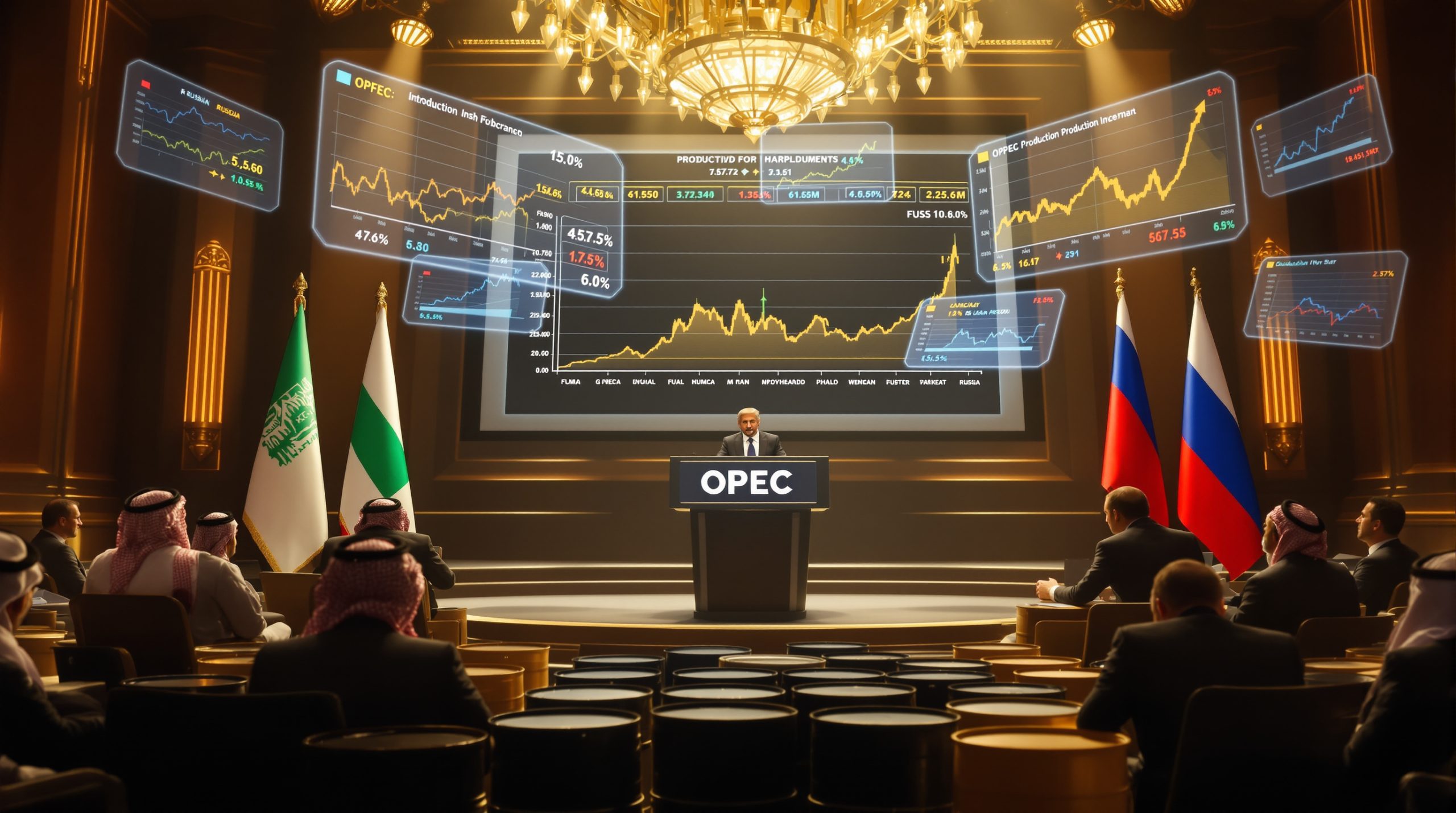China Pledges to Address India's Rare Earth Needs: Diplomatic Breakthrough
In a significant diplomatic development, China has committed to addressing India's rare earth needs as part of improving bilateral relations. This pledge emerges during Chinese Foreign Minister Wang Yi's visit to India for border talks with Indian National Security Adviser Ajit Doval, marking a crucial step in rebuilding ties that deteriorated following the 2020 border clash.
Three Key Areas of Chinese Commitment
During high-level discussions with Indian Foreign Minister Subrahmanyam Jaishankar, Wang reportedly assured India that Beijing would address three critical needs that have been pressing concerns for the Indian government:
- Access to rare earth materials, which are essential for high-tech manufacturing
- Fertilizer supplies for India's agricultural sector
- Tunnel boring machines needed for infrastructure development projects
This commitment represents a potential shift in China's approach to rare earth exports to India, which have seen significant restrictions in recent months, with Chinese customs data showing rare earth reserves analysis exports to India down by 58% in June compared to January levels.
The Evolution of India-China Relations
The current diplomatic engagement reflects what Indian National Security Adviser Ajit Doval described as an "upward trend" in India-China relations. During the 24th round of border talks, Doval noted: "There has been an upward trend. Borders have been quiet. There has been peace and tranquility… Our bilateral engagements have been more substantial."
Creating a New Environment for Cooperation
The improving diplomatic climate has created what Doval called a "new environment" conducive to cooperation between the two Asian giants. This sentiment was echoed by Chinese Foreign Minister Wang Yi, who emphasized that "the stable and healthy development of China-India relations is in the fundamental interests of the two countries' people," according to China's foreign ministry readout.
Wang further suggested that both sides "should enhance mutual trust through dialogues and expand cooperation" and should aim for consensus in areas such as "border control and demarcation negotiations."
Diplomatic Calendar Shows Increased Engagement
The current diplomatic push includes several key engagements:
- Wang Yi's visit to India for the 24th round of border talks
- Wang's scheduled meeting with Prime Minister Narendra Modi
- Modi's upcoming travel to China for the Shanghai Cooperation Organisation summit
These planned interactions demonstrate a deliberate effort from both sides to normalize relations after years of tension following the 2020 border clash.
India's Strategic Rare Earth Challenges
Despite possessing the world's fifth-largest rare earth reserves at approximately 6.9 million metric tons, India faces significant challenges in leveraging these resources effectively.
The Paradox of Abundance and Dependency
India's rare earth situation presents a paradox: substantial reserves but limited processing capabilities. Key challenges include:
- No domestic permanent magnet production facilities
- Heavy reliance on imported magnets, primarily from China
- Limited technical expertise in rare earth separation and processing
- Insufficient investment in developing the full rare earth value chain
This dependency creates a strategic vulnerability for India's strategic minerals challenges for industrial development, technological advancement, and national security interests, particularly as rare earths become increasingly crucial for green technologies and defense applications.
Recent Export Disruptions
Chinese customs data reveals significant disruptions in rare earth exports to India:
- Rare earth magnet exports to India decreased by 58% in June compared to January levels
- This decline occurred despite China's overall increase in rare earth exports to other regions
- The reduction created supply challenges for Indian manufacturers in critical sectors
- June 2025 was the last month for which country-level export data was available
These export restrictions have particularly affected India's emerging electronics, renewable energy, and defence critical materials manufacturing sectors.
Understanding China's Rare Earth Commitment
While China has pledged to address India's rare earth needs, the exact implementation mechanism remains unclear, leaving room for interpretation and analysis.
Potential Implementation Approaches
Several potential approaches could materialize from China's commitment:
- Expedited approval of export licenses specifically for Indian importers
- Possible blanket exemptions for certain categories of rare earth products
- Prioritization of Indian applications in China's export control system
- Development of joint ventures for rare earth processing
Historical precedent suggests caution in interpretation. China previously committed to speeding up export licenses for Europe and the US "without actually dismantling the control regime," working through "a huge backlog of applications" rather than fundamentally changing its export policies.
Contextualizing Recent Export Patterns
Recent export data provides important context for evaluating China's commitment:
- China's overall rare earth and magnet exports increased in June 2025
- This growth followed similar agreements with Europe and the US
- Despite the general increase in exports, shipments to India remained substantially reduced
- The selective nature of these restrictions suggests they may have been used as diplomatic leverage
Industry analysts note that China's control over rare earth exports has become an increasingly important tool in its diplomatic and trade strategy.
Broader Areas of Cooperation
The rare earth commitment is part of a wider framework of potential cooperation between the two nations.
Fertilizer Supply and Infrastructure Development
Beyond rare earths, the discussions between Wang and Indian officials covered additional areas of economic cooperation:
- Commitments to ensure stable fertilizer supply, addressing India's agricultural needs
- Access to tunnel boring machines, essential for India's ambitious infrastructure projects
- Expanded dialogue mechanisms to build mutual trust and prevent misunderstandings
- Potential collaboration in multilateral forums on issues of shared concern
These commitments suggest a broader economic relationship beyond just strategic minerals, potentially opening new avenues for trade and investment.
Border Stability as Foundation for Economic Ties
Both sides appear to recognize that border stability forms the foundation for deeper economic cooperation:
- Continued emphasis on maintaining "peace and tranquility" along the disputed border
- Development of new conflict prevention mechanisms
- Regular communication channels to address emerging issues
- Gradual normalization of military deployments in sensitive areas
This approach reflects a pragmatic recognition that economic interests may sometimes need to be prioritized over territorial disputes.
Global Market Implications
Any shift in China's rare earth export policies toward India could have significant ripple effects across global markets.
Supply Chain Rebalancing
The China-India rare earth agreement could trigger adjustments in global supply chains:
- Potential reallocation of rare earth supplies among major consuming countries
- Reduced pressure on global rare earth prices if overall supply increases
- New opportunities for rare earth processing cooperation and technology transfer
- Possible acceleration of India's efforts to develop domestic rare earth processing
Such shifts would occur against the backdrop of global efforts to diversify rare earth supply chains away from Chinese dominance.
Strategic and Geopolitical Considerations
The rare earth commitment carries significant strategic implications beyond mere trade:
- Reduced Indian dependency on Chinese rare earths could alter regional power dynamics
- Improved access to critical minerals energy transition would support India's manufacturing ambitions
- The agreement may influence other countries' approaches to rare earth diplomacy
- China may be seeking to prevent India from aligning too closely with Western rare earth initiatives
Analysts suggest this move could be part of China's broader strategy to maintain influence in its immediate neighborhood while managing competition with Western powers.
Moving Forward: Implementation and Monitoring
The effectiveness of China's commitment will ultimately depend on actual implementation rather than diplomatic statements.
Key Metrics to Watch
Several indicators will reveal whether China's pledge translates into tangible improvements:
- Export license approvals and processing times for Indian importers
- Volume of rare earth materials reaching Indian manufacturers
- Development of potential joint ventures or processing facilities
- Regulatory changes to facilitate smoother trade in strategic materials
- Price stability for rare earth imports to India
Industry observers note that implementation often lags behind diplomatic announcements in such complex areas.
Building a More Resilient Relationship
Beyond rare earths, both countries appear to be working toward a more resilient relationship through:
- Continued border stability and conflict prevention mechanisms
- Expanded economic cooperation across multiple sectors
- Increased diplomatic engagement at various governmental levels
- Potential collaboration in multilateral forums like BRICS and SCO
These efforts suggest a recognition that, despite ongoing differences, the world's two most populous nations have compelling reasons to find common ground.
Frequently Asked Questions About China-India Rare Earth Cooperation
What exactly are rare earth elements and why are they strategically important?
Rare earth elements comprise 17 metallic elements with unique magnetic, luminescent, and electrical properties. Despite their name, most are relatively abundant in Earth's crust but rarely occur in concentrated, economically viable deposits.
These elements are critical for:
- Permanent magnets used in electric vehicles, wind turbines, and hard disk drives
- Precision optics, lasers, and specialized glass production
- Advanced electronics and communications equipment
- Defense technologies including guidance systems, radar, and sonar
- Aerospace components and specialized alloys
Their strategic importance has grown exponentially as countries transition to green energy technologies, advanced manufacturing, and high-tech defense systems.
Why does India need rare earths from China despite having substantial reserves?
India's rare earth challenge illustrates the difference between having resources and possessing the capability to utilize them effectively. Despite significant reserves, India faces several critical gaps:
- Limited expertise in cost-effective extraction and separation technologies
- Absence of advanced processing facilities to convert raw materials into usable forms
- No domestic magnet manufacturing capabilities for producing finished components
- Insufficient investment in developing a complete rare earth value chain
- Regulatory and environmental challenges in developing mining operations
These factors create dependency on China, which has spent decades developing unparalleled expertise across the entire rare earth supply chain.
How might this agreement affect global rare earth markets?
The China-India rare earth agreement could impact global markets in several ways:
- Potentially increasing overall supply if China expands production to accommodate Indian demand
- Creating new partnership models that other countries might seek to replicate
- Influencing pricing dynamics if significant volumes are redirected to the Indian market
- Accelerating Western efforts to secure independent rare earth supplies
- Potentially triggering new investments in rare earth exploration and processing globally
Market analysts note that even small changes in rare earth trade patterns can have outsized effects on prices and availability due to the relatively small size of the global market.
What challenges might affect implementation of this agreement?
Several factors could influence the success of this rare earth cooperation:
- Ongoing border tensions could resurface and complicate economic cooperation
- China's domestic rare earth policies prioritize internal needs and strategic leverage
- Development of India's processing capabilities requires substantial investment and time
- Global market conditions and competing demand from other major consumers
- Environmental and regulatory hurdles in expanding mining and processing operations
- Technical challenges in ensuring consistent quality of rare earth materials
Successfully navigating these challenges will require sustained diplomatic engagement and practical problem-solving from both countries. Furthermore, the evolving geopolitical mining trends will continue to influence how this cooperation unfolds in practice.
Want to Spot the Next Big Mining Discovery Before the Market?
Gain a significant edge in ASX mineral investments by accessing real-time alerts on major discoveries through Discovery Alert's proprietary Discovery IQ model. Explore historic returns of game-changing discoveries and start your 30-day free trial at Discovery Alert's discoveries page to position yourself ahead of the market.




